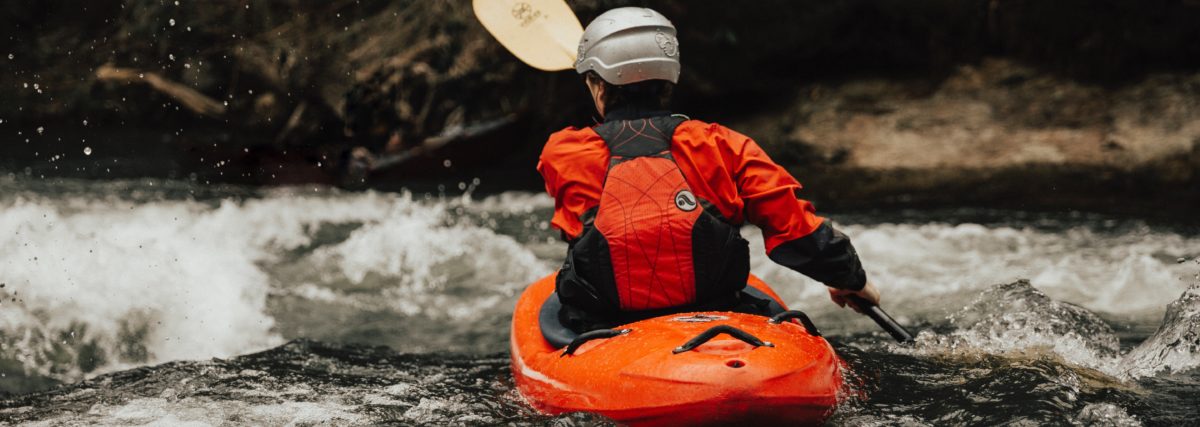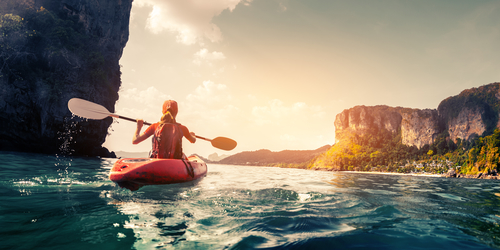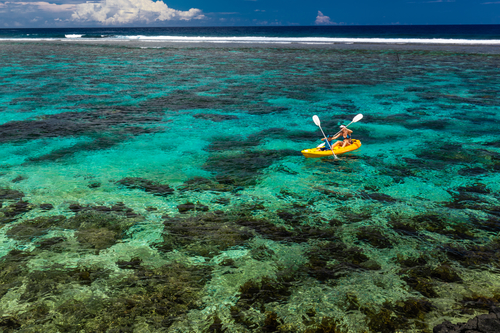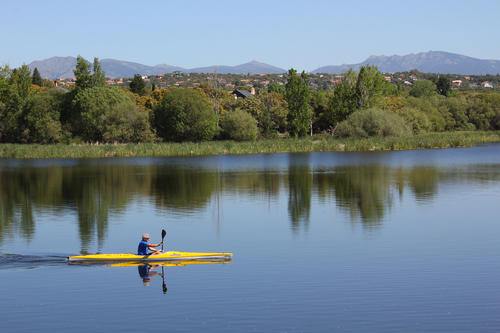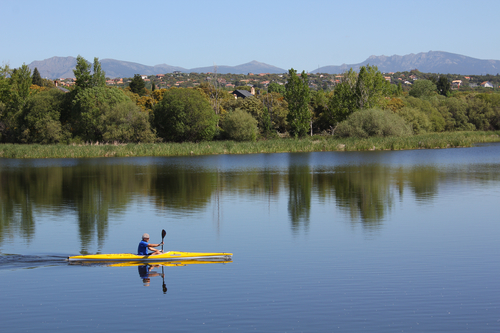There is more to vacations than just visiting new places, meeting new people and sampling different cuisines. Adventures are a more epic way of spending your vacation. The beauty of taking an adventure is that it makes you feel young and energetic.
There’s also the thrill of seeing new sceneries and braving various obstacles. Norway in particular is an amazing adventure hub especially when it comes to kayaking and camping. Here’s all you need to know about kayaking and camping in Norway.
The Beautiful Scenery of Norway
Kayaking and camping are some of the most epic adventures to engage in. They are even better when the scenery is exquisite. The scenic beauty of Norway is unmatched, making it the perfect place to camp and kayak with our fissot fishing kayak.
The beautiful coastlines, glaciers, fjords and islands tend to make you feel as though you are one with nature. Whether you are looking for skill waters or raging fjords, you are guaranteed of finding them in Norway.
The best part is that some camping grounds allow you to balance between camping, taking hikes and kayaking in the clear seas.
Skill Level of Kayaking
When it comes to Norway, you will always find some adventure to fit your skill level. To experience the ultimate kayaking adventure, it is crucial that you be well aware of your abilities and skill level.
This only goes to enhance your safety, skills and comfort. Should you want to brave difficult waters or mountains, then it is important that you engage an instructor.
Generally, kayaking and camping in Norway requires you to have a few sessions of experience under your belt. The good news is that before any expedition there are orientation sessions to help determine your skill level.
The Right Time Of Year
While camping and kayaking are fun, visiting Norway at the wrong time can ruin the whole experience for you. The best time to go camping and kayaking in Norway is during the summer, which is roughly from June through august.
Even though the temperatures cab get up to 20 degrees, it can get chilly at night. The days are also long which ensures you get the most out of your adventure.
Other than being able to brave the waters and the majestic mountains, there are other advantages you stand to gain. You get to sample new cuisines and experience the rich culture of the Norwegians.
The beautiful scenery of the mountains and the crystal blue seas tend to add on to the overall experience. When you are not camping or kayaking, you can use those moments to go sightseeing.
Dangers
As with any other outdoor activities, there are dangers that come with camping and kayaking. When it comes to Norway, there is minimal danger posed by people and animals.
The main danger is posed by the climate. Even in summer, weather conditions can quickly change, which is why it is unwise to engage in these activities alone.
Final Thoughts
Now that you know the time of year, skill level and all of the wonderful benefits of visiting Norway, you should book your trip now. This country is waiting to be explored. Do your research and come prepared to have the best time of your life.
